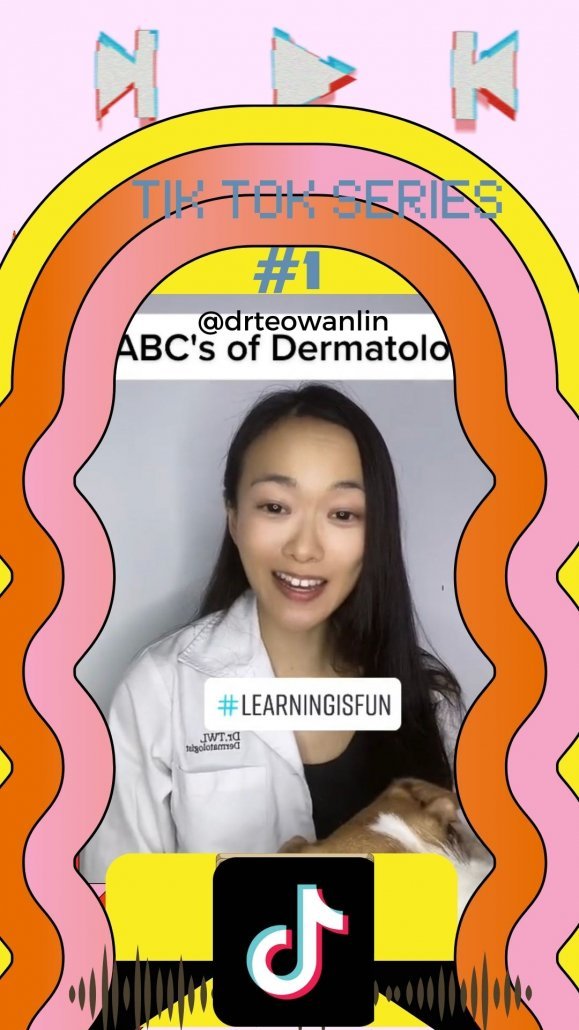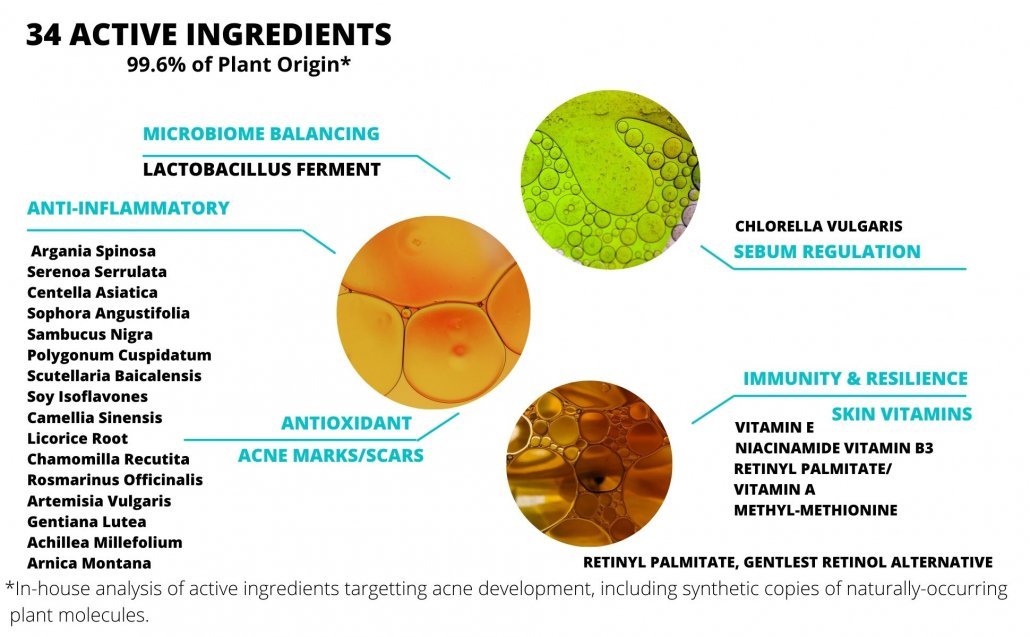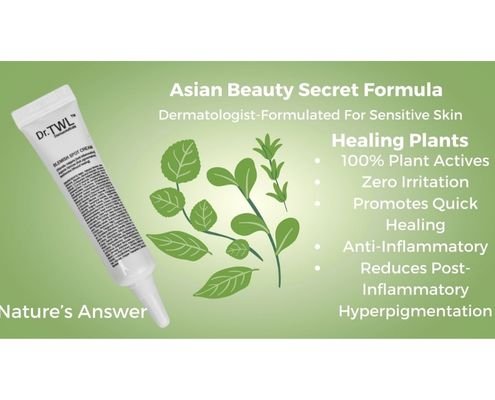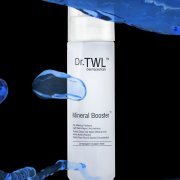A Pimple Cream that Actually Works: Insider Tips

A pimple cream that actually works? Finally. Well first of all there is truly no miracle pimple cream. Acne creams are meant as spot treatments after the spot has appeared and also as preventive treatment. The reason why over the counter pimple creams stopped working for you can be because the acne condition you have is a bit more serious. Topical treatment should work to bring down redness and swelling quickly, allowing the pimple to heal quickly. Most if not all pimple creams have active ingredients that dry out the pimple. This is an outdated concept because dermatologists have realised that it is not just oily skin that causes acne. It is an entire microbiome – the balance of good and bad bacteria that is affected in acne.
This is why a pimple cream that actually works is hard to find. Modern dermatology research has shed some light on certain botanicals with promising antibacterial properties. Additional antioxidants can help to improve the skin microbiome for more resilient skin. This series starts with our bestselling pimple cream for acne, the blemish spot cream.
Learning About Acne is Fun! With a Singapore Dermatologist on Instagram & TikTok

BESTSELLER SPOTLIGHT ON: BLEMISH SPOT CREAM, A PIMPLE CREAM THAT ACTUALLY WORKS
The Blemish Spot Cream is the bestselling pimple cream in our pharmacy. It stands out as a dermatologist formulated pimple cream that works to treat the skin microbiome. Compared to traditional pimple creams which dry out pimples, this formula is non-irritating. It also targets the root cause of acne, inflammation. It contains 34 active ingredients against acne, of which 99.6% are of plant origin. The formulation is based on Dr. Teo’s research in the skin microbiome.

How to choose a pimple cream that actually works
“Traditionally prescribed acne creams in dermatologist’s offices are usually antibiotic/retinoid combinations. These cause skin irritation and also antibiotic resistance. Ethnobotany, the study of ethnic herbs used for therapeutic purposes has gained traction in dermatology research for its impact on the skin microbiome. The skin microbiome is increasingly understood to influence acne development. The blemish spot cream contains pharmacologically active plant compounds that act on multiple acne pathways, including inflammation, and oxidative stress. Additionally, the least irritating retinol alternative retinyl palmitate is incorporated to augment the cream’s effect on acne-prone skin,” Dermatologist & Chief Scientific Officer of Dr.TWL Dermaceuticals Dr. Teo Wan Lin
Subscribe To DR.TWL TV
THE BEST OF BEAUTY EDUTAINMENT
@drteowanlin #LearningIsFun or can it be #funny? Tell me what you think! #dermatologistontiktok #dermatologistpimples #drtwl #fyp #skincaretips #skincare101 #skincaretiktok #skincareviralcheck #skincareviral ♬ Quirky – Oleg Kirilkov
ABCs of Dermatology with Dr.TWL
LEARNING IS FUN ON TIKTOK EP 1# ACNE
@drteowanlin Painful acne cyst that won’t go away? Learn about acne in a fun (and serious way) with Ash the ADHD Jack Russell and Dr. Teo Wan Lin, dermatologist in Singapore. #hormonalacne #dermatologist #dermatology #tiktokdoctor #learningisfun #acnetips #acnetreatment #skincycling #skincareroutine #acnesolution #acnecyst #pimplepopper #pimplepop ♬ Quirky – Oleg Kirilkov
TYPES OF ACNE
@drteowanlin Does Ash know more about acne than you? Watch till the end to find out! #jackrussellsoftiktok #learningisfun #acnetreatment #acne #dermatologist #dermatology #sgtiktok #fyp #viraldogs #funnydogvideos ♬ Quirky – Oleg Kirilkov
BITE-SIZED SKINCARE EDUTAINMENT WITH DR.TWL
@drteowanlin Got an angry, painful zit? Keep calm and carry on. #funnyvideos #funnyvideo #acne #keepcalmandcarryon #keepcalm #pimplepop #pimplepopper #pimpleremoval #learningisfun ♬ Quirky – Oleg Kirilkov
TikTok BestSellers Only Launch Special:
Hey there! Welcome to our new channel Dr.TWL TV, the channel where we promise you will get the best skincare and haircare tips from our dermatologist, Dr.TWL. At the same time, quality entertainment with your friendly furry companion Ash the ADHD Jack Russell. We hope this series puts a smile on your face because happiness is just too good for the skin!
Check out this series ABCs of Dermatology by our dermatologist Dr. Teo Wan Lin on TikTok and Instagram #LearningIsFun
INGREDIENT SPOTLIGHT: A PIMPLE CREAM WITH 99.6% BOTANICAL ACTIVE INGREDIENTS
Finally! A Pimple Cream That Works – Ask a Dermatologist
CHECK OUT MORE ACNE MASTERCLASSES
WHY IS MY PIMPLE CREAM NOT WORKING?
@drteowanlin Acne treatment not working? Watch to find out more about effective pimple creams for acne #acnetreatment #acneskin #pimple #learningisfun #skincaretips #dermatologist #docsoftiktok #dermatology #acnesolution #acnesolutionmask #pimplepopper ♬ Graceful Bridge – DJ BAI
Maskne – is there a pimple cream that actually works? Do pimple creams work for maskne?
Traditional pimple creams may make maskne worse. This is because maskne is partly due to frictional damage of the skin barrier. Pimple creams with retinols or retinoids, benzoyl peroxide can cause skin irritation. The effects are worse under a face mask due to the phenomenon of occlusion.
What exactly is maskne?
Maskne is a term coined with the advent of widespread fabric mask wearing in the COVID-19 pandemic. It is a form of occlusion acne we know as acne mechanica. Maskne is directly attributable to textile skin friction as well as the occlusive effect of wearing a face mask with increased moisture from salivary/respiratory droplets. This specific skin environment changes the balance of bacteria and other germs present on your skin. This is the reason for the increase of the number of acne cases related to mask-wearing internationally. Individuals with pre-existing dermatological conditions such as rosacea and eczema have also developed worsening of their condition with face mask-wear because of changes in his skin microenvironment. In my position paper on maskne, I described its unique distribution over the O- zone of the face, as opposed to the T-zone in physiologic acne and the U- zone in hormonal acne.
What is a microbiome? Why is it important to understand this in order to identify a pimple cream that actually works?
They are microbes such as bacteria, viruses, fungi, mites, and archaea, existing throughout our body. The microbiome works with our body symbiotically to keep it healthy for immune defence and regulation. Hence, the nature of these interactions between human hosts and bacteria ultimately defines an individual’s health. The skin microbiome is disturbed in acne sufferers compared to those who do not have acne. Topical antibiotics causes antibiotic resistance and also disrupts the microbiome. Hence, an effective pimple cream that actually works in the medium to long term must not contain topical antibiotics. We can identify plant alternatives. For example, those that contain antibacterial benefits without causing antibiotic resistance.
@drtwlderma This pimple cream treats the skin microbiome with 34 plant actives that target inflammation and oxidative stress. #dermatologistrecommended #pimpleskin #pimplecream #pimplepop #acnesolution #acnetreatment #skincaretips #skincareclinic #skincaretiktok ♬ Pretty Savage – BLACKPINK
What is the relationship between our body and these microorganisms? What do they do for our body?
Competition between or within microbial species can inadvertently provide beneficial effects for the human host. For example, Staphylococcus epidermidis colonizes the human body through sensing the human innate immune system and, in response, up regulates protective virulence factor proteases against endogenous antimicrobial peptide. Bacteria produce peptide toxins and free fatty acids that deter other potentially pathogenic organisms, such as Staphylococcus aureus and S. pyogenes, from inhabiting the skin. Corynebacterium jeikeium produces bacteriocin-like antimicrobial compounds and scavenges for nutrients, which prevents colonization by other competing species. C. jeikeium also produces superoxide dismutase, which protects the bacteria from superoxide radicals and may concurrently prevent oxidative damage to surrounding skin tissue.
How do microbiomes form?
It forms at birth and changes as we age. For infants by natural delivery, vaginal microorganisms such as Lactobacillus, Prevotella, and Sneathia dominate their skin. On the other hand, those delivered by cesarean section have Staphylococcus, Corynebacterium, and Propionibacterium microorganisms, which resembles the composition of adult skin.
Where are microbiome present in our bodies?
Different microbiomes are present in different locations of our body – based on the skin type of the location. The skin contains three major ecologic environments: dry (eg, forearm), moist (eg, axilla), and sebaceous (eg, scalp). Species diversity is the greatest in dry environments and the least in sebaceous. The types of organisms found in each site are suitable to thrive in that environment. Staphylococcus and Corynebacterium colonize in moist areas that have occlusion, because they prefer high humidity habitats, whereas Propionibacterium, a type of lipophilic bacteria, tends to colonize sebaceous areas. Microbiomes in each area can differ greatly during different life stages; for example, during puberty, there is an increased level of lipophilic bacteria levels due to an increase in sebum production compared with the adult state. Inter-individual differences are due to secondary factors and are attributable to environment, occupation, diet, or hygiene habits.
How do microbiomes affect us?
The skin microbiome plays a role in atopic dermatitis (AD), which is a chronic inflammatory skin disorder. The genetic origin of AD is related to skin barrier function abnormalities. A child’s skin microbiome positively influences immune system development away from allergic over sensitization. Poor development or changes in the balance of the microbiome and the host’s cutaneous immune response leads children to become susceptible to a multitude of immune conditions, such as atopic dermatitis, which may lead to frequent secondary skin infections.
Recent studies indicate a strong association between worsening disease severity and lower skin bacterial diversity. Traditional AD treatment with anti-inflammatory and antimicrobial medications has been linked to greater microbial diversity, specifically increases in the populations of Streptococcus, Corynebacterium, and Propionibacterium.
What skin conditions do the microbiome affect?
Additionally, microbiome also plays a role in the pathogenesis of rosacea, which associates with Helicobacter pylori, S epidermidis, Chlamydia pneumonia, Bacillus olenorium, and Demodex mite. Rosacea is a chronic inflammatory condition of the blood vessels and pilosebaceous units of the face that commonly presents with flushing, blushing, and sensitive skin.
The microbiome also plays a role in seborrheic dermatitis, which we also know as dandruff, associated with the Malassezia yeasts. It is a chronic hyperproliferative inflammatory condition, typically resulting in a red and flaky appearance of the scalp, sebaceous areas of the face and sometimes chest.
How the blemish spot pimple cream actually works?
The role of skin microbiome in acne
Acne vulgaris is a chronic inflammatory disease of the pilosebaceous units and occurs in sebaceous areas of the face, neck, chest, and back. In adolescence and adulthood, sebaceous areas are colonized primarily by the lipophilic Propionibacterium. Propionibacterium hydrolyzes triglycerides in sebum to produce free fatty acids, which acidify and weaken the skin, exacerbating acne vulgaris. However, Propionibacterium is not the only causal factor of acne. Sebaceous areas are very low in bacteria diversity, and it can be postulated that changes in sebum production or its composition can help foster the growth of different strains of P. acnes.
How this pimple cream works to treat the acne microbiome?
@drtwlderma The pimple cream that works. Antibiotic, benzoyl peroxide -free. No irritation pimple cream best for sensitive skin. Dermatologist formulates with 99.6% botanical actives. Follow us and DM for a 50% off code! Tik Tok Exclusive #pimplecream #dermatologistcreated #dermatologistrecommended #pimpleremoval #dermatologistskincare ♬ Pretty Savage – BLACKPINK
The blemish spot cream comprises primarily of plant actives selected for its ability to reduce inflammation. Genetics in acne patients cause mini whiteheads and blackheads known as microcomedones to form. The process is driven by inflammation which causes redness and swelling of the comedones. Traditional pimple creams target only oil and sebum- meaning it dries out the pimple. However these drying out effects actually makes the acne inflammation worse. This is one reason why you may find your pimples getting worse after applying a benzoyl peroxide or retinoid pimple cream. Anti-inflammatory active ingredients can be found in plant extracts. Unlike steroids which help to calm acne inflammation in the short term, and can cause side effects. Plant extracts are free of these side efffects and have additional benefits such as regulating oil production. Additionally, the antioxidant properties can help to reduce acne scarring and prevent secondary bacterial infections.









Leave a Reply
Want to join the discussion?Feel free to contribute!